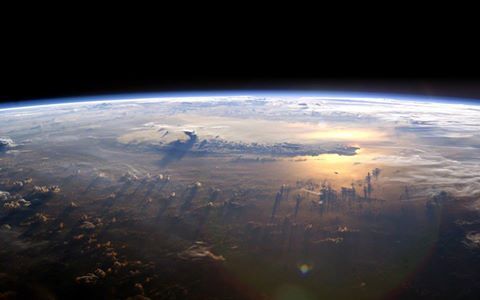#All LoZ will be on there permanently in a few weeks!
Note
9, 12, & 13!
9. best month this year? did this one!
12. talk about a new friend you made this year
SO SHES CURRENTLY ASLEEP but its loz aka @lovesharry!! shes my newest friend and we talk 24/7 and i feel like she instantly became a permanent part of my life and she makes me laugh with all her wacky london adventures!! we also share a super cute sunset insta account together (shameless plug) anyway THIS IS GETTING SAPPY ILY LOZ 💗💗💗💗
13. how was your birthday this year?
on my actual birthday this year i had a midterm so that was a fat bummer but a few weeks before my birthday my best friend threw me a massive surprise party and it was the best i love my frieNDS
2 notes
·
View notes
Photo

Pacific ocean cooling cycle explains pause in surface warming.
Scientists have been puzzled as to why global warming seems to have slowed down since the turn of the millennium, despite ever increasing amounts of anthropogenic greenhouse gases entering the atmosphere. New research published last week by researchers at the Scripps Institution of Oceanography in Nature explains why a natural change in tropical waters is responsible for temporarily dampening the effect of the rise in greenhouse gases. Despite what some would have us believe, warming has merely slowed since 1998, not stopped, and when the oceanic cycle switches back to a warming phase the dampening effect will evaporate.
The cycle is due to a circulation system, in which warm surface waters and deeper cooler waters interact and heat is transferred to the depths. It is called the Pacific Decadal Oscillation, and the shorter cycles that affect global weather patterns over a few years we call El Nino and La Nina are a part of it. The longer cycle takes several decades and has now entered a cooling phase. The last one lasted from the 1940's to the 1970's. The team's model reproduced the complex events of the last decades and demonstrates the effect of the cycle on surface temperatures.
The cycle's dampening effects are more pronounced in winter, accounting for the record breaking summer temperatures and heatwaves that have occurred worldwide these last years despite the general trend of slowed warming and the rapid acceleration in the melting of sea ice. Average temperatures cover the whole year, and mask this seasonal variation. The cooling phase started after the exceptional El Nino of 1998, but it is impossible to predict when it will oscillate the other way. Their computer model uses new methods to simulate regional as well as global patterns, and show how warming is unevenly distributed around the world and throughout the year. They added in the Pacific temperature cycle as an input. The model then predicted the observed changes, including the current slowdown in average warming.
Other effects predicted by the models include drier conditions in the north American Midwest, which seem to be borne out by the ever present state of drought (and consequent wildfires) that has prevailed since the warming slowdown started and the higher winter cooling in the northwest USA. Since the cycle lasts several decades, the situation may not improve for the foreseeable future.
Slowdowns and accelerations in warming are predicted by climate models, and this is one of them. The trend for the next decades is going to be one of increasing warming as we add more greenhouse gas and other feedbacks such as albedo loss from melting sea ice and methane releases from thawing permafrost kick in. This research came too late to be included in the IPCC's next climate change report, due out over the coming months.
Why this cooling is happening in the tropical Pacific, and where the heat is going to (presumably into deep waters) remains uncertain, but the link is clear. Other research suggests that decades of accelerated warming are associated with warmer conditions in the tropical Pacific, suggesting that the effect cuts both ways. They seem to be converging on an improved understanding of some of the fundamental nuts and bolts of the interaction between oceans, atmosphere, land and heat that drive both climate and weather, the levers and fulcrums that turn increased heat entering the Earth system from into climate and weather consequences.
The real worry is what happens when the cycle reverses? The authors expect warming to resume with renewed strength since the extra greenhouse gases added to the system will have their effect, without being further dampened by this natural cycle. The danger comes if we ignore the basic science, while ignoring the complexities of the interactions, and do not react to the threat of climate change using this cooling as an excuse. At that point, when the cycle does switch back to warming both winter and summer temperatures may become permanent record highs compared to historical records and the standards of today due to all the extra greenhouse gases in the air.
Loz
Image credit: NASA
http://www.nature.com/news/tropical-ocean-key-to-global-warming-hiatus-1.13620 http://www.nature.com/news/hidden-heat-1.13608 https://scripps.ucsd.edu/news/13251 http://www.theguardian.com/environment/2013/aug/28/cooling-pacific-dampened-global-warming http://www.theguardian.com/environment/climate-consensus-97-per-cent/2013/aug/28/global-warming-oceans-known-unknowns http://www.bbc.co.uk/news/science-environment-23854904 Original paper, paywall access http://www.nature.com/nature/journal/vaop/ncurrent/full/nature12534.html
169 notes
·
View notes